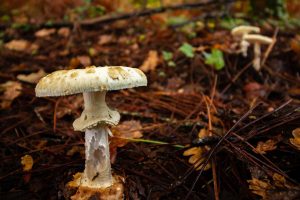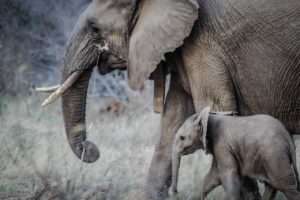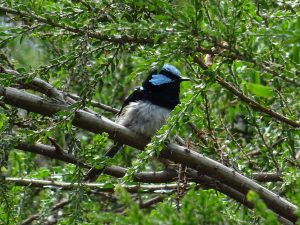It all started in the 1920s on a deserted stretch of Summerland Beach. Bern Denham, Bert West and Bert Watchorn, equipped with flashlights, led small groups of curious tourists along a lumpy, sandy shoreline only to perch in the dunes and wait as the sun sank at the horizon. Before long, the waddling would begin – little penguins (their actual name!) emerging from the crashing waves, shaking the salty sea off their backs before clumsily waddling along the crevices in the sand, back to their nests to feed their nesting babies who know it’s dinner time. Little balls of grey fluff brave the elements to stand outside the nests, crying out for mum. Each one’s cry is individual and mums are swift to reunite with their baby balls of fluff.
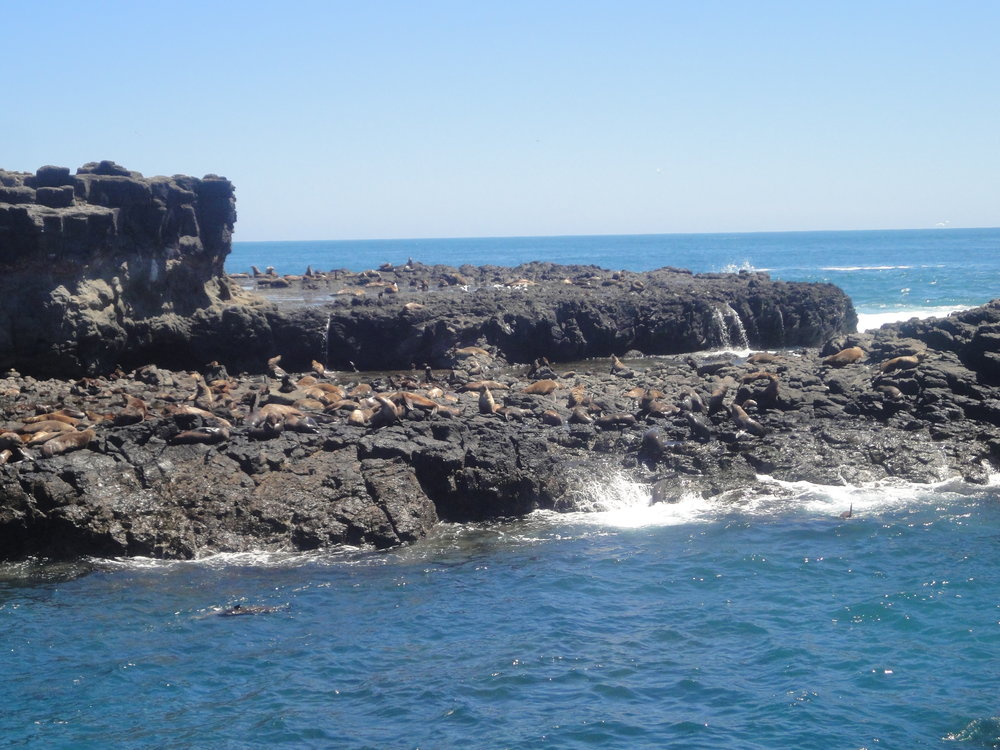
As the years rolled in, so did the visitors and their wonder to witness the nightly spectacle for themselves. Was it true that this innate act of nature could attract the masses? It eventually did – tourists from all over Australia and the world flock here by the busload every night during the Australian summer. Now, the visitors sit in a grandstand to give the penguins the clear passage they need to tend to their young; a busy causeway during the peak hour of the Penguin Parade. Rather than the grandstand, the pathways and viewing platforms can be accessed to witness the penguins in full speed. To begin the evening, I recommend purchasing tickets for the tiered seating – it’s smaller, less imposing size-wise and a closer view with less flood-light. Photography isn’t allowed during the experience (another bonus) so as to avoid scaring and blinding mothers on the move.
Nature is left to its devices here, even in the ever-present reminder of that ‘survival of the fittest’ theory. I watch one baby, eagerly wandering within the boundary of the nest, chirping wildly. Each mother who passes edges close before turning away: ‘no, you’re not my baby’. As each mother passes, the baby’s cries heighten in intensity, not wanting to give in to the possible reality that his mother may not be coming home after feeding out in the vast ocean all day. Anyone who experiences this sight at the Penguin Parade hopes with all their heart that mum does return, but leave with a lingering cloud that she may just not. That’s part of the ‘wild side’ to nature.
The final side to the wildlife on Phillip Island involves a trip to the headland – The Nobbies on Point Grant, within minutes away from the Penguin Parade. Broad sweeping boardwalks and all-encompassing views over the Southern Ocean can be experienced again. Manoeuvre your way through the visitor centre to be unleashed onto the wooden path to take in the panoramic views (a deviation can take you further to the blowhole for more natural beauty). Seal Rocks emerge from the ocean, like beacons for these silky smooth mammals slipping in and out the salty water in between stretches of sunbaking throughout the afternoon. This is Australia’s largest Australian Fur Seal colony and Victoria is blessed by nature to serve home to these boisterous and fun sea mammals.
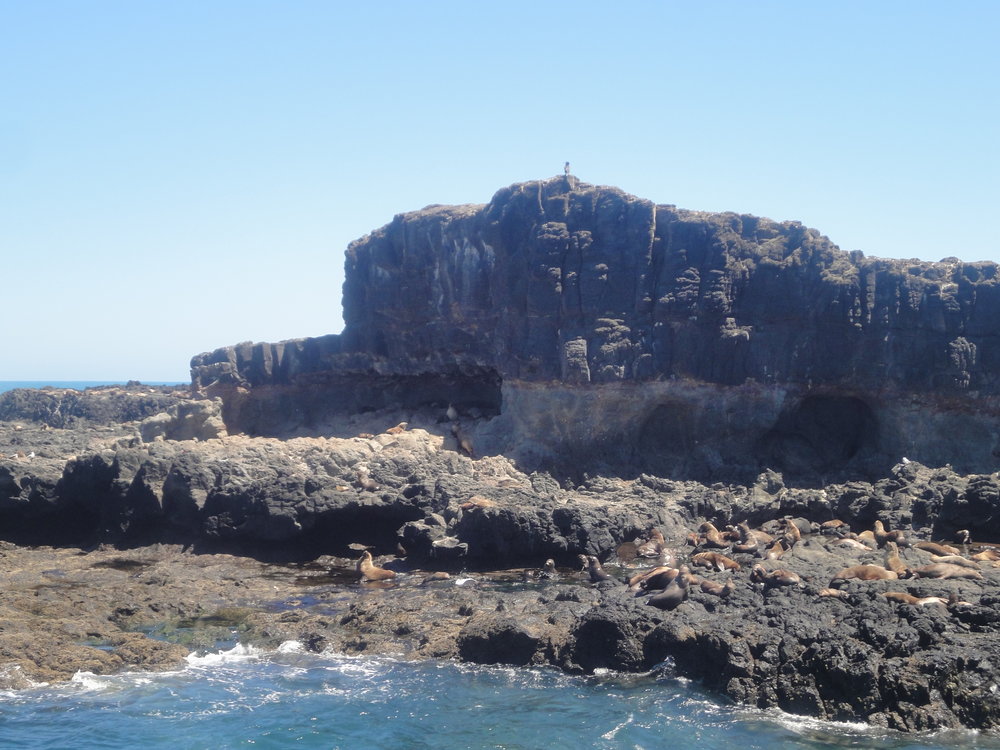
There is the opportunity to book a boat tour out to Seal Rocks, departing from The Esplanade in Cowes, such as the one available from the Bass Coast Visitor Information Centre. A 2.00pm seal watching cruise heads out to experience these majestic creatures for two hours yet this is where your preference for adventure weighs in. Taking a boat ride out to Seal Rocks is fun, though you need to think about the environmental impact to the natural surrounds that a motorboat has on the area. Taking a trip out to The Nobbies by car then walking along the boardwalks may be a less-impacting option? The boat isn’t too imposing (you do get close to the rocks to watch and listen to these majestic creatures) so the choice is yours.
Experience Phillip Island’s Penguin Parade at 1019 Ventnor Road, Summerlands, Victoria Australia 3922.There are a variety of ticket levels for all ages. Visit the ticketing website for full package descriptions and prices.
The Penguin Parade is accessible by car and car-parking is free. Public transport is limited to Cowes via V-Line bus from Southern Cross Station in Melbourne CBD (does not go to the Penguin Parade).
Taxis are available via Phillip Island Taxis on 03 5952 2200.
Penguins arrive at sunset every night of the year. Check for times on the arrival calendar and it’s suggested to arrive one hour beforehand.
Seal Rocks at The Nobbies is Australia’s Largest Fur Seal Colony. View this incredible colony during Australia’s summer months from The Nobbies Centre, Nobbies Centre,
1320 Ventnor Road, Summerlands, Victoria 3922 Australia. You can also view the colony via a boat cruise through a wildlife cruise
All the nature experiences across Part 1 and Part 2 of this blog series has focused on Phillip Island Nature Parks – all not-for-profit and all for conservation.

